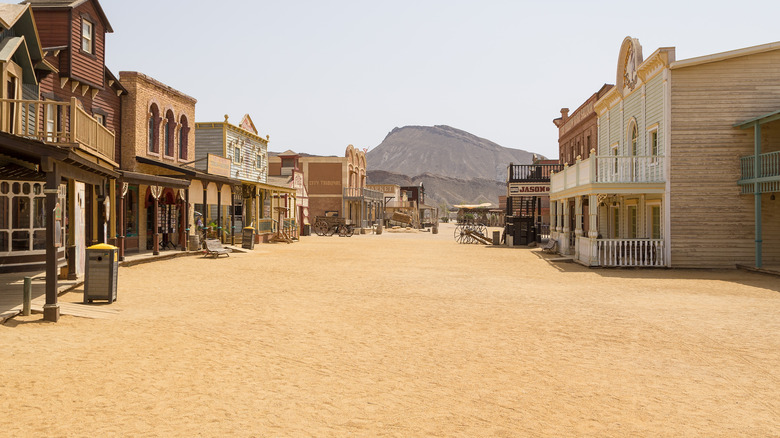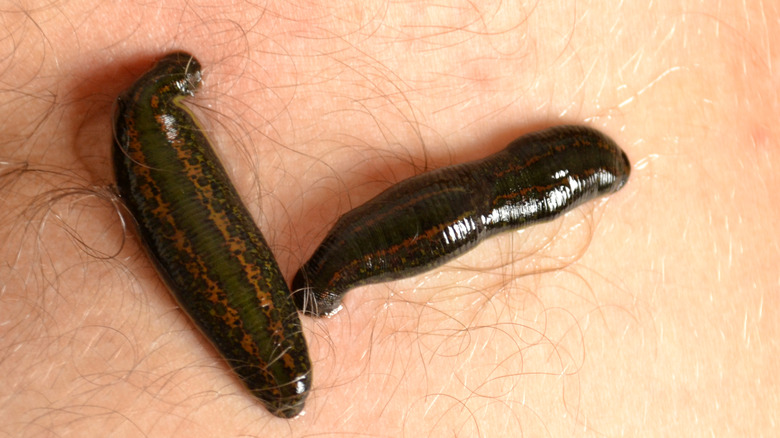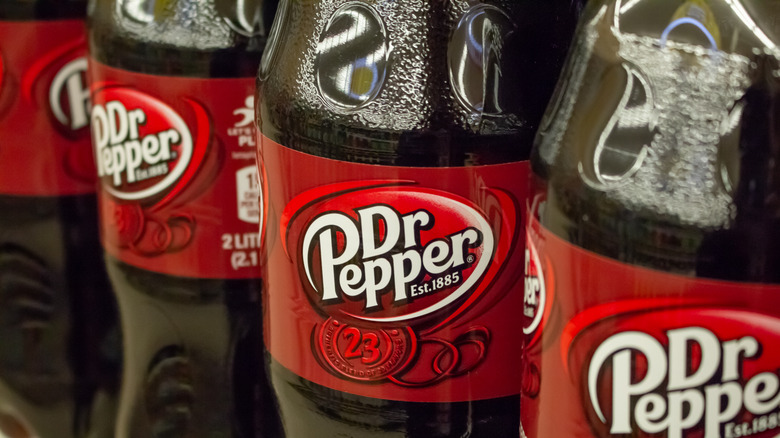These Surprising Items Were Used As Cures In The Wild West
Learn enough about medical cures and treatments in the Wild West, and you'll quickly be grateful for modern medicine.
In the Old West, pretty much anyone could call themselves a doctor — American Heritage estimated that only about a quarter of all frontier physicians from 19th century America actually had a degree from a medical school. With standards low and medical ignorance high, doctors used some questionable "cures" for pioneers and adventurers facing danger in the Old West.
And the danger was considerable — malaria, cholera, typhoid, smallpox, influenza, and other outbreaks all ravaged the western U.S. in this time, not to mention the danger of injury. As any player of The Oregon Trail knows, even a broken leg could be fatal in the 19th century. "No matter how slight a wound, once the skin was broken the chances were good that a deadly bacterial infestation would lead to drastic therapies, multiple operations, amputations, and frequently death," wrote Dr. Stanley B. Burns, a medical and historical advisor for PBS, about 19th-century medicine.
Leeches and morphine
A widespread treatment for any number of illnesses in those days was the application of leeches. Though the use of leeches in medicine is ancient — its first recorded use is in the Sanskrit writings of Indian physicians from the beginning of the Common Era — the treatment peaked in popularity throughout the Western Hemisphere in the 19th century (via Britannica). Bloodletting, which was thought to both treat and prevent illness, could be dangerous: some patients lost ⅘ of their blood through a single leeching treatment. Other times, patients accidentally swallowed the leeches, according to David Dary's book "Frontier Medicine," as quoted by The New York Times. "If that happened, the patient was given a glass of wine every 15 minutes to destroy the leech," he writes.
Addictive and dangerous drugs were often sold as cures for common ailments. Teething babies were given syrups laced with morphine, sold under friendly names like "Mrs. Winslow's Soothing Syrup" (via WebMD). Opium was given for coughs and diarrhea and thought of as a general cure-all. Cocaine was an effective treatment for toothaches.
Dogs guts and soda pop
For more extreme Wild West ailments, more extreme cures were sometimes called for, according to American Heritage. One treatment for malaria involved patients lying naked in cold air and being doused by icy water. A cure for gout and rheumatism involved killing a fat young dog, removing his insides, and stuffing him with herbs, eggs, and brimstone before roasting him over a hot fire — the cure, supposedly, was in the fumes, as historian David Dary explained in his book "Frontier Medicine," as quoted in The New York Times.
But not every treatment was dangerous. Some, in fact, were just delicious. Dr. John Harvey Kellogg developed breakfast cereal as a healthful meal for patients in his sanitarium (via History). Dr. Pepper — which, unlike competitor Coca-Cola, did not contain cocaine — was created as a brain tonic, according to Mental Floss. And tomatoes were seen as so generally healthful, they were sold in pill form as "Dr. Miles Compound Extract of Tomato." It might not have done much, but it was probably better for you than morphine and roasted dog.


